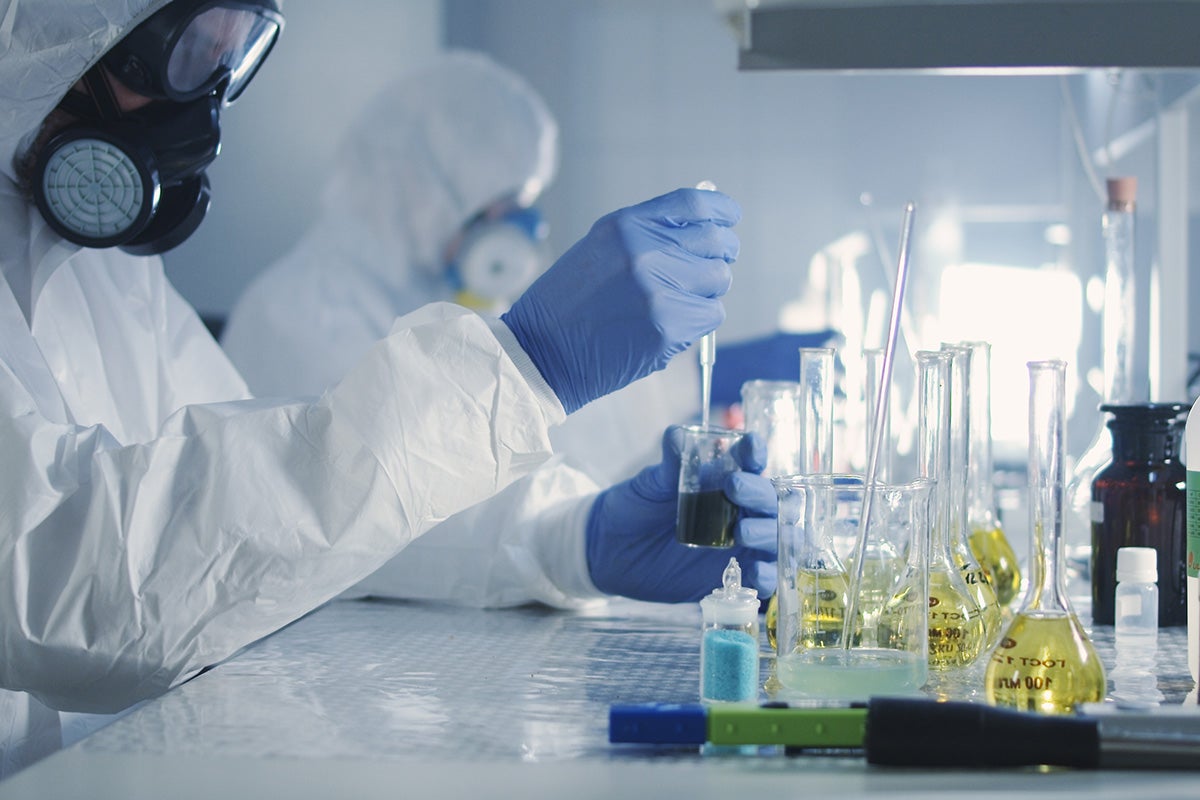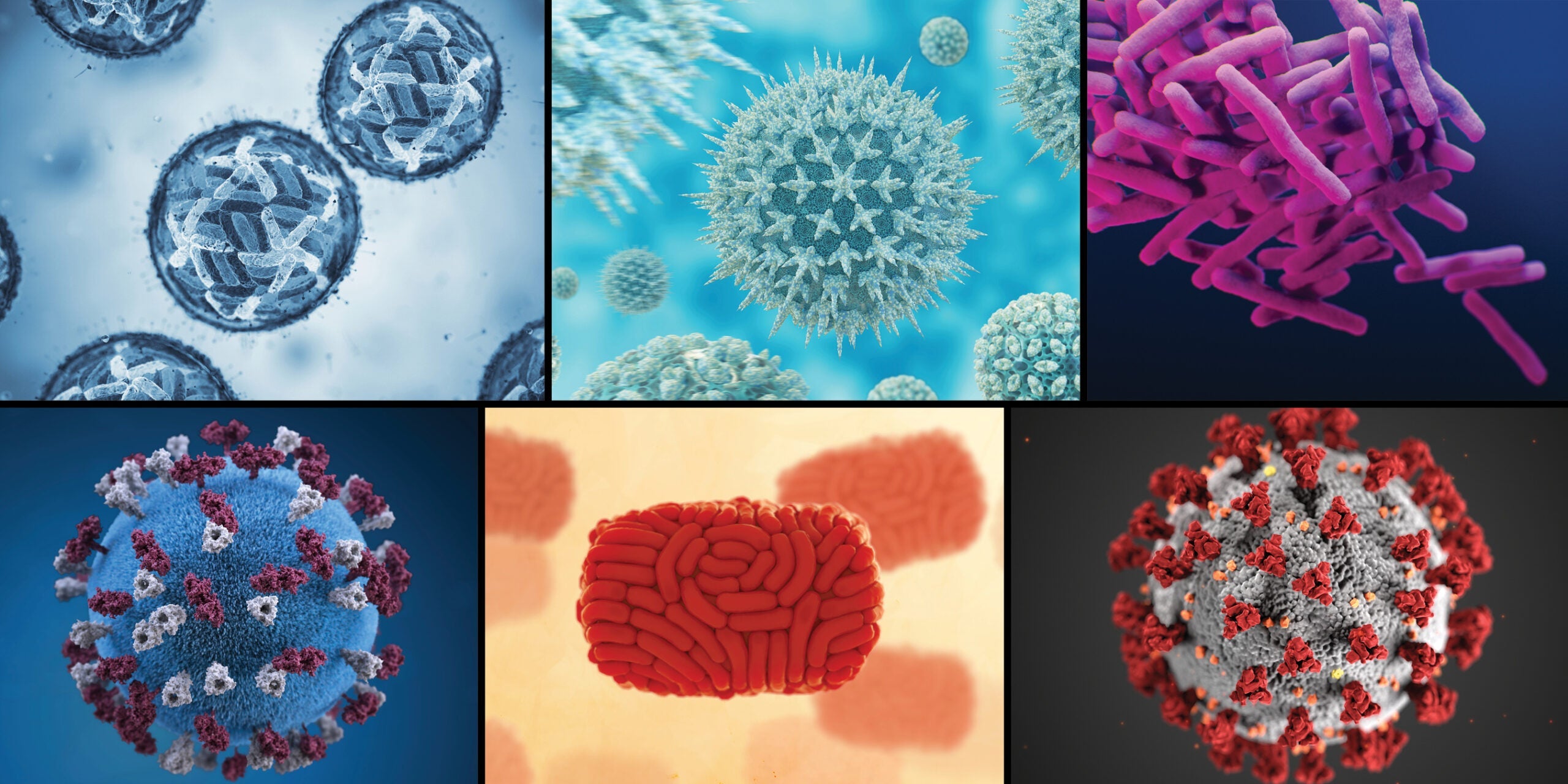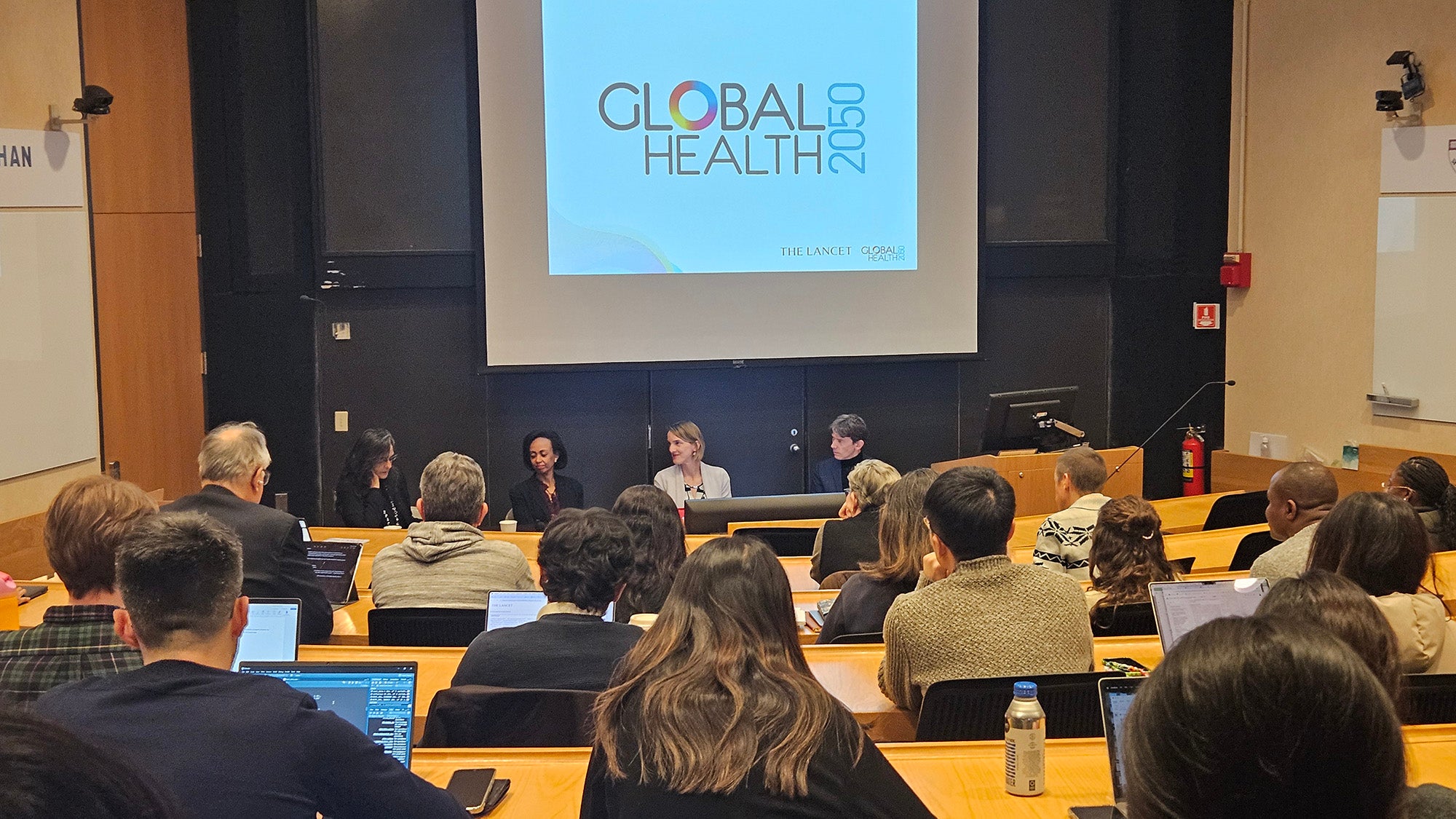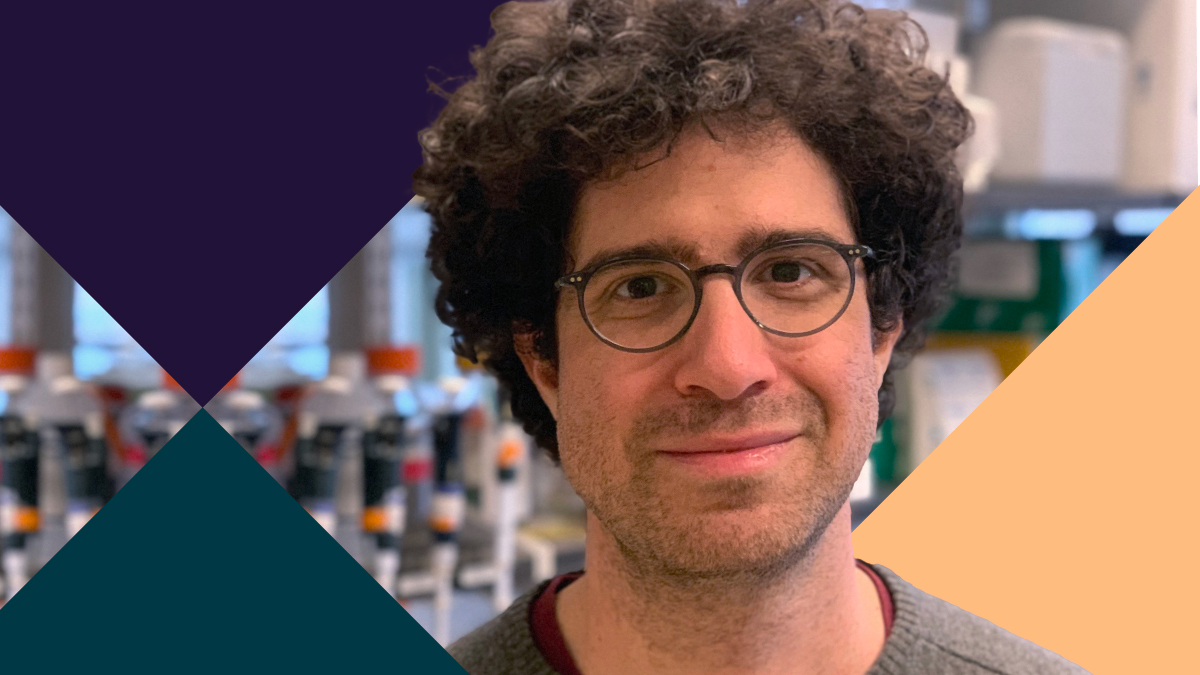Opinion: New policy would boost oversight of risky research

July 24, 2024 – A federal policy set to go into effect in May 2025 would go a long way toward improving oversight of risky virus research, according to a New York Times opinion piece co-authored by Harvard T.H. Chan School of Public Health’s Marc Lipsitch.
In the July 23 essay, Lipsitch, professor of epidemiology and director of the Center for Communicable Disease Dynamics, along with co-authors Tom Inglesby and Anita Cicero of Johns Hopkins Bloomberg School of Public Health, highlighted the potential dangers of risky research. Such research has traditionally been called “gain of function” research because much of it involved creating more lethal or transmissible pathogens, but since that term was somewhat vague, the new policy refers to research involving “pathogens with enhanced pandemic potential,” or “PEPP.”
They co-authors reviewed both the plusses and minuses of the new federal policy. They noted that existing U.S. restrictions on risky research are “insufficient to ensure safety and security,” and that the new policy “would establish strong oversight and set concrete rules about whether and under what conditions this kind of high-risk scientific work can be done.” For example, any scientist planning to create a more lethal or transmissible pathogen—the kind that could cause a severe outbreak—would need high-level federal review and approval before starting the work.
However, the co-authors wrote, the policy has gaps. For instance, it applies only to research funded by the U.S. government. “Congress should require that this policy apply for all PEPP research activities, regardless of funding source,” the authors wrote. They also said that the government needs to set rules regarding the use of computational tools such as artificial intelligence, which enhances the ability to create toxins and designer microbes that could present grave risks.
“This new policy is not perfect,” they wrote, but it represents the most robust governance and clearest set of rules in the world for this kind of science.” They added, “None of us should bear the risk of living through a future pandemic of humanity’s own making.”
Read the New York Times opinion piece: How to Reduce the Risk of a Catastrophic Lab Accident
Learn more
Report calls for regulations around dangerous pathogen research (Harvard Chan School news)
Photo: iStock/EvgeniyShkolenko


